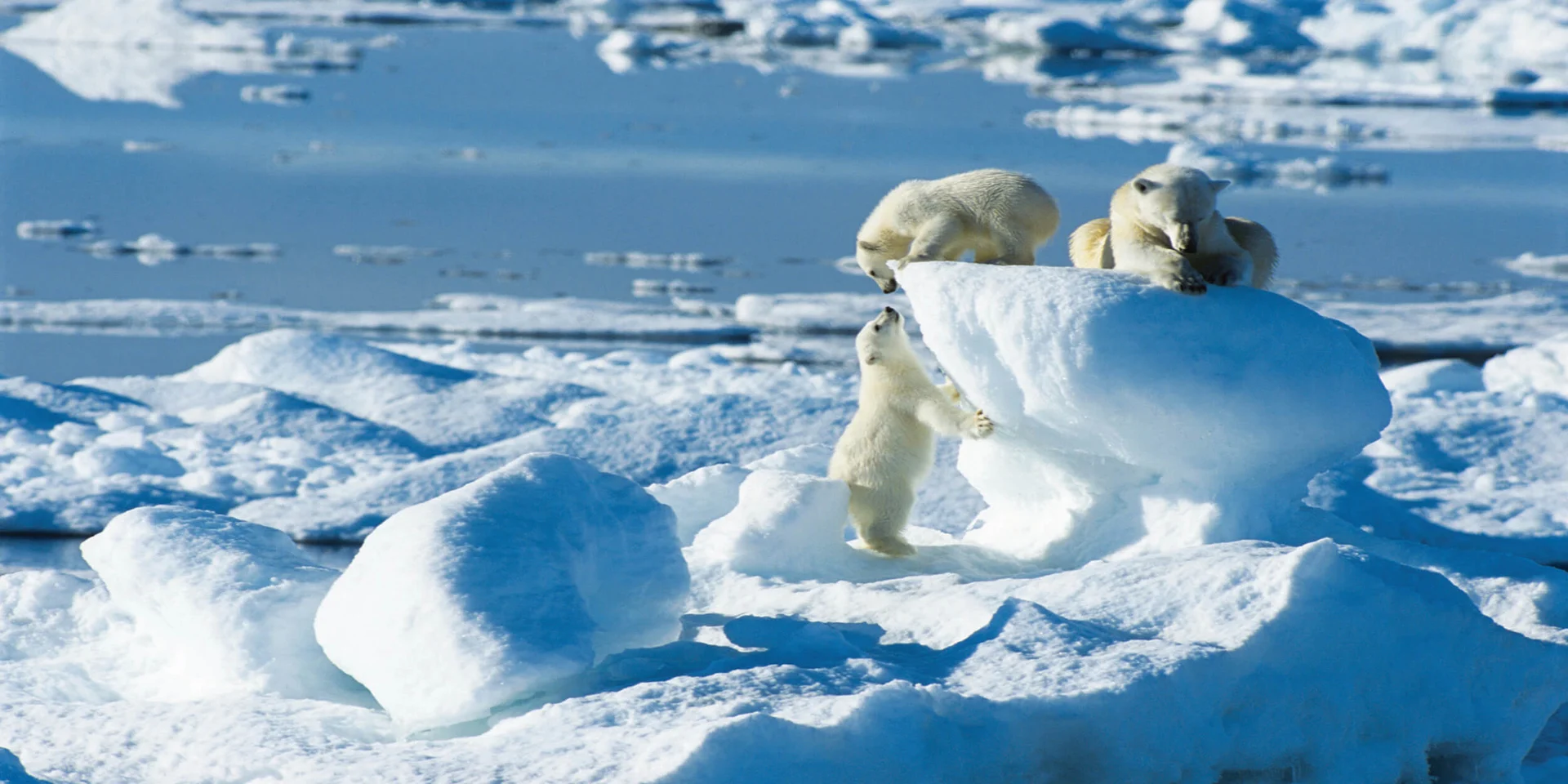8 facts you didn't know about polar bears
8 facts about polar bears that you didn’t know The African jungle has the lion, the Arctic has the polar bear. This fierce yet cuddly-looking creature dominates the icy wilderness at the top of the food chain. If visitors are lucky, they'll come across the polar bear on a cruise to Svalbard. Check out these facts about polar bears - the king of the ice!
How much does a polar bear weigh?
The average adult female weights about 570 pounds. However, when pregnant, they can reach weights as heavy as 1,100 pounds. A fully grown male weighs around 1,000 pounds – almost twice the size of a female polar bear. They are the world's largest land predator and biggest member of the bear family.
Polar bear diet, what do polar bears eat?
Seals make up most of a polar bear's diet. Although the polar bear hunt for about half its life, the hunts are rarely successful. In addition to seals they also eat small mammals, birds, eggs and vegetation. Svalbard wildlife is diverse, and since the Polar bear have no natural enemies they can eat most of want they can hunt. The huge bears don’t even fear humans, which makes them dangerous. Due to the polar bear threat, everyone travelling outside the settlements must be equipped with appropriate means of frightening and chasing off polar bears.
Polar bear habitat, where can you spot a polar bear?
Although most polar bears are born on land, they spend most of their time at sea. Two of the Arctic's most important habitats for them are the Beaufort and Chukchi seas. On our cruises to Svalbard the chances are high you get to spot a polar bear during our travel through Eastern Svalbard, that boasts the highest population of Polar bears. The arctic circle is the only place in the world where you can see this magnificent creature in its natural habitat.
